This is a creeping ground cover with trailing stems reaching 3 ft. in length. These groups of slender, woody stems bear glossy, bright, evergreen leaves arranged in pairs. The delicately fragrant flowers are pinkish, bell-shaped and in nodding pairs at the end of 4-6 in. stalks. A low, delicate, matted evergreen plant with trailing stems having short, upright branches, each terminated by 2 pinkish-white, nodding bell-shaped flowers. Stems hairy. Twinflower was a favorite of the great Swedish botanist, Carl von Linne, who invented the system of binomial nomenclature. Description from wildflower.org
Home > Plant Guide >
Scientific Name
Family
Garden Type
Wildlife
Native Plant Region
Light needs
Water Needs
Plant Type
Bloom Color(s)
Height
Width
Months in Bloom
Safe Beneath Power Lines?
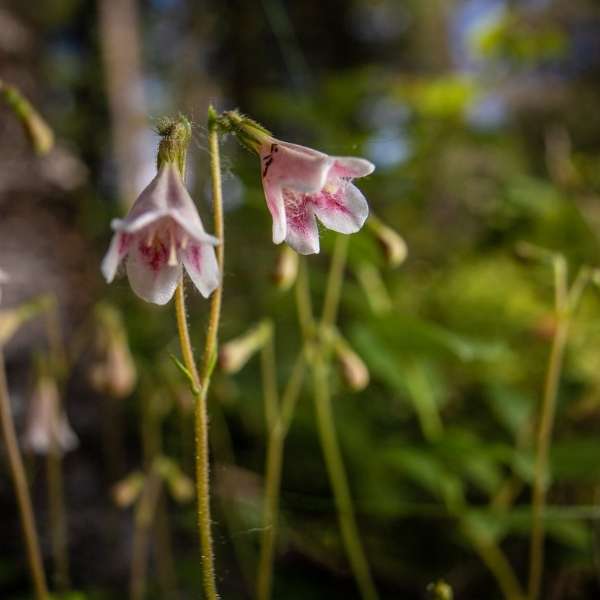
We’d like to maintain accurate and robust plant listings. If you see information that is not correct or that could be added to improve the listing, please let us know. Or if you’d like to suggest a plant to add to our plant guide, you can use this form do so. Thank you!
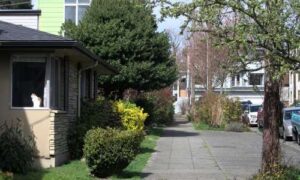
Do you wonder how a cat can be happy indoors? This presentation will give you a better understanding of cat behavior and the confidence that an indoor cat can be a happy cat.
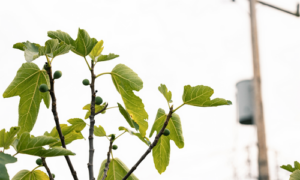
Learn about the diversity in pigeon populations in the United States and the implications of this variability on the species.
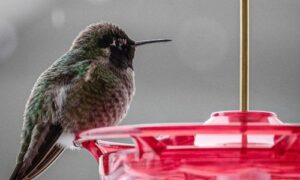
The urban environment presents dangers to wildlife that they are not always adapted to overcome. Reducing urban hazards is an essential part of enhancing habitat in cities. After all, we do not want to lure wildlife into our neighborhoods only to have them fatally collide with our windows.
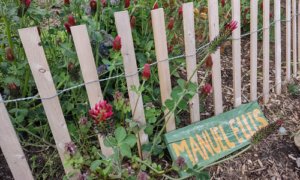
Three inspiring local food justice practitioners will share how their work in urban farming improves access to healthy foods, fosters relationships to land, and builds community.

Learn about diversifying the way architecture is taught and practiced from designers of color.
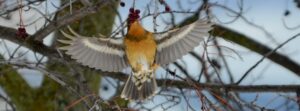
Take a virtual trip across Capitol Hill to learn about urban habitat types, how to identify the unique birds they support, and what we can do to make the neighborhood a safer place for them to live.
Nature of Your Neighborhood is a collaboration between Birds Connect Seattle, the Capitol Hill EcoDistrict, and the Seattle Bird Conservation Partnership. Our goal is to foster relationships between the people and the nature of their neighborhoods.